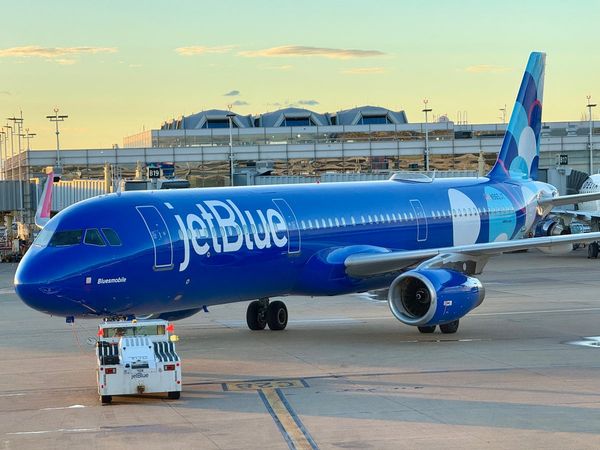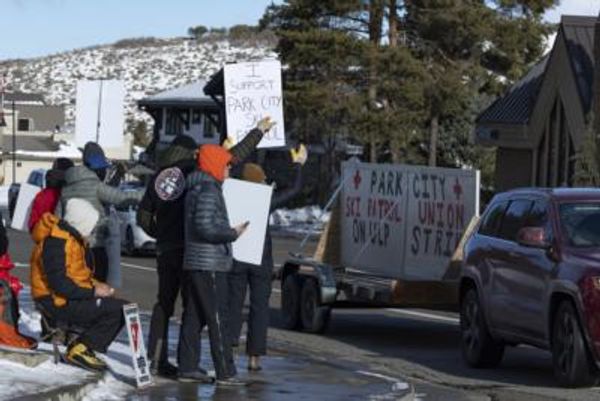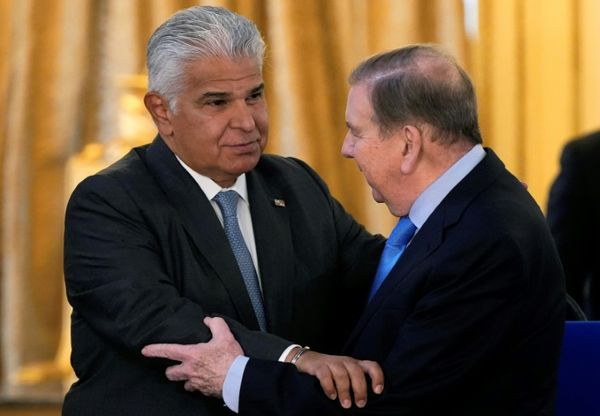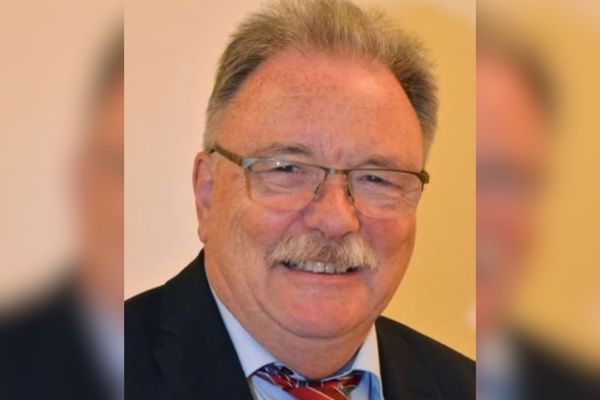
The Queen’s state funeral will take place at Westminster Abbey at 11am on Monday 19 September, Buckingham Palace has announced, on a day of mourning that the King has declared will be a bank holiday.
At present the Queen lies in the ballroom of Balmoral Castle in an oak coffin covered with the Royal Standard for Scotland and with a wreath of flowers laid on top. It is a “scene of quiet dignity”, allowing her Balmoral estate staff to pay their last respects, a palace spokesperson said.
It is the start of a journey of processions, guards of honour, church services and vigils as the nation begins its long goodbye to the Queen and her coffin is moved over the coming days to Westminster Hall for a four-day lying in state before her funeral.
During this time, the King will be carrying out “all the necessary state duties”. But “his main focus will be leading the royal family, the nation, the realms and the Commonwealth in mourning Her Majesty the Queen,” his spokesperson said.
On Monday, he and the Queen Consort will travel to Westminster Hall where, as is traditional, both Houses of Parliament will meet to express their condolences at the death of the Queen, and the King will make his reply.
On Sunday, the coffin will travel to the Palace of Holyroodhouse in Edinburgh, a journey of six hours by road, via Aberdeen. Six of her Balmoral gamekeepers will carry the coffin from the Balmoral ballroom to the hearse.
It will remain in the throne room at Holyroodhouse until Monday afternoon, before a procession to St Giles’ Cathedral on Edinburgh’s Royal Mile, with the King, Queen Consort and other members of the royal family walking behind. At 3pm there will be a service, attended by the King and family members, during which the crown of Scotland will be placed on the coffin.
The Queen will then lie at rest at St Giles’ Cathedral for 24 hours, enabling the people of Scotland to pay their last respects, with vigils mounted by the military. That evening, the King and members of the royal family will mount their own vigil.
The following evening the Queen’s coffin will be flown to London, accompanied by the Princess Royal, and arriving at Buckingham Palace at 8pm, the palace said. It will be received by a guard of honour, with the King, Queen Consort and other family members watching, before being carried to the Bow Room, where a rota of chaplains will keep watch.
In the early afternoon on Wednesday, the coffin – adorned with the Imperial State Crown, along with a wreath of flowers – will be taken by procession to the Palace of Westminster for the lying in state, where it will remain for four days until the morning of the funeral.
The King, members of the royal family and senior staff of the Queen and King’s households will walk in silence behind the coffin as it follows a route along Queen’s Gardens, the Mall, Horse Guards Parade and Horse Guards Arch, Whitehall, Parliament Street, Parliament Square and New Palace Yard.
Throughout the procession, guns will be fired at Hyde Park by the King’s Troop Royal Horse Artillery and Big Ben will toll. The coffin will be carried in procession from the gun carriage to the catafalque positioned in the centre of Westminster Hall by a bearer party.
During the lying in state, a continuous vigil will be mounted around the catafalque from the Household Division, the King’s Body Guards of the Honourable Corps of Gentlemen at Arms, the King’s Bodyguard for Scotland, the Royal Company of Archers and the King’s Bodyguard the Yeomen of the Guard.
The Earl Marshal, the Duke of Norfolk, who has overall responsibility for the funeral, which the Queen herself would have approved, said he and others involved “will carry out our duty over the coming days with the heaviest of hearts”.
“But also, with the firmest of resolve to ensure a fitting farewell to one of the defining figures of our times; a monarch whom we were truly privileged to have had as the head of state of our country and the realms, and head of the wider Commonwealth,” he said.
“While His Majesty the King was speaking about his family, I think it applies to us all when he said in his broadcast yesterday that ‘we owe her the most heartfelt debt’. I think we can, in some way, repay that debt by carrying out her last wishes in delivering Her Majesty the Queen’s funeral.”
On his visit to Scotland, the King will have an audience with the first minister, followed by an audience with the presiding officer of the Scottish parliament.
The King and the Queen Consort will then attend the Scottish parliament to receive a motion of condolence.
On Tuesday 13 September they will travel by air to Belfast and later visit Wales on Friday 16 September.
The government confirmed the day of the funeral would work in the same way as other bank holidays, and that there would be no statutory entitlement to time off, with employers able to include it as part of a worker’s leave entitlement.
The Department for Business said the announcement did not interfere with existing contractual arrangements between employers and workers, but that they would “expect employers to respond sensitively to requests from workers who wish to take the day of the funeral off work”.
They said that schools would be expected to close.







